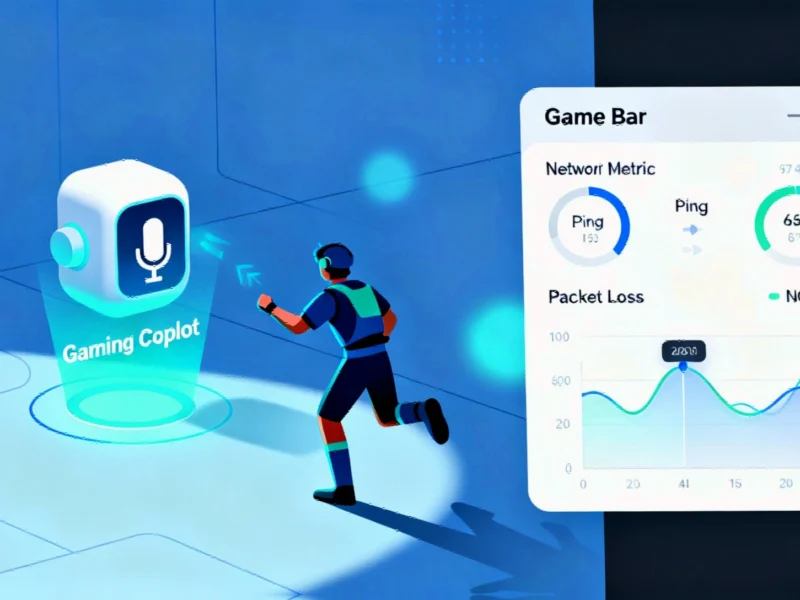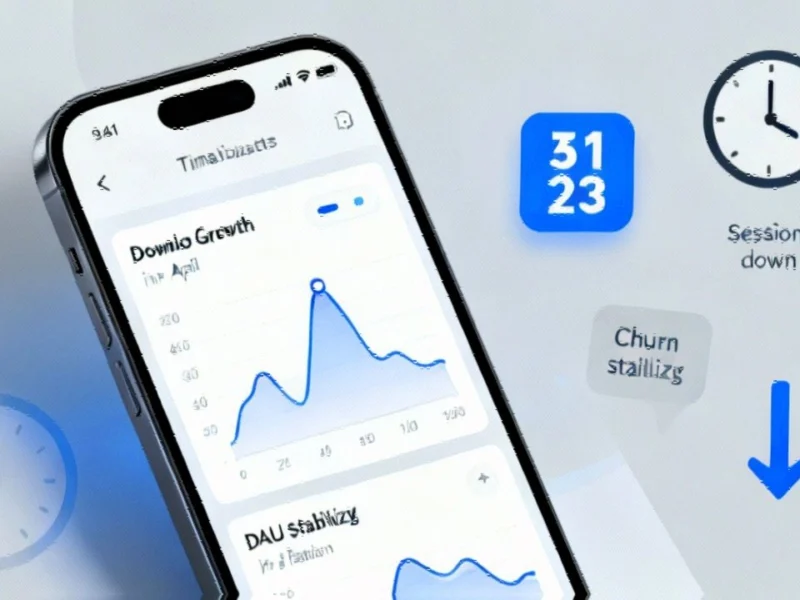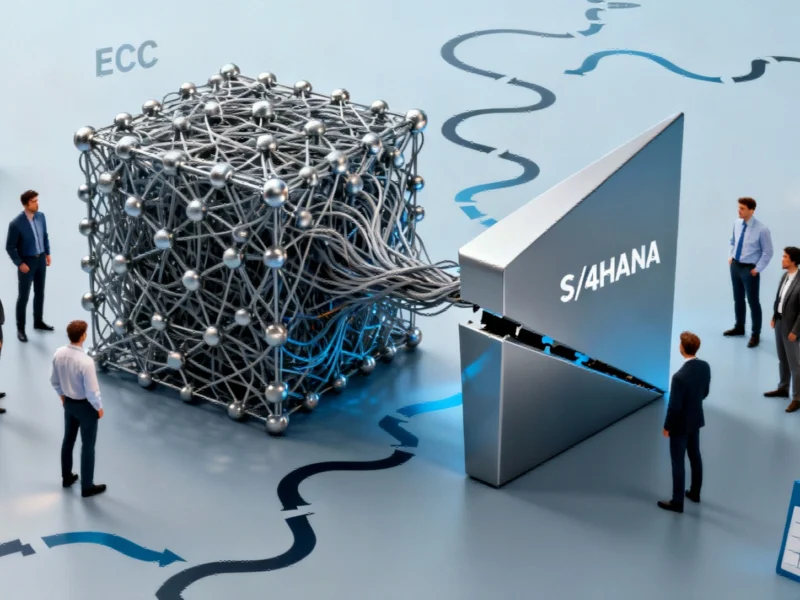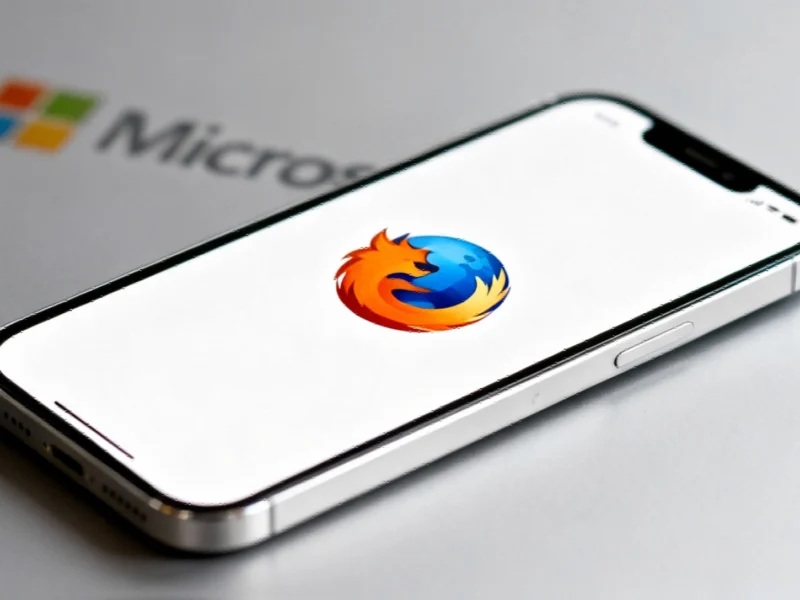Microsoft’s Ambitious Push Into AI-Enhanced Gaming
Microsoft is transforming Windows 11 into a powerhouse for gaming enthusiasts and industrial computing professionals alike with its latest feature rollout. The centerpiece of this update—Gaming Copilot—represents Microsoft’s vision of integrating artificial intelligence directly into the gaming experience. While currently in beta, this AI assistant aims to provide real-time assistance through voice commands, potentially changing how users interact with complex games and applications.
The timing of these gaming-focused enhancements coincides with Microsoft’s Gaming Copilot entering its beta phase, signaling the company’s commitment to blending AI with entertainment and productivity. This development reflects broader industry trends where AI is becoming increasingly embedded in operating systems and applications.
Beyond Gaming: Implications for Industrial Applications
While Gaming Copilot targets entertainment, its underlying technology has significant implications for industrial computing environments. The voice-activated assistance system could eventually be adapted for technical support, equipment troubleshooting, or training simulations in manufacturing settings. However, the current beta status means users should approach with measured expectations—early reports indicate performance issues and occasional glitches that need resolution before industrial deployment.
The introduction of these AI features aligns with broader manufacturing industry developments where companies are increasingly leveraging AI to streamline operations and enhance user experiences across various computing platforms.
Network Monitoring Meets Cloud Gaming
Microsoft’s new Network Quality Indicator (NQI) tool addresses one of the most persistent challenges in cloud-based applications: connectivity issues. For industrial professionals who rely on cloud services for monitoring, control systems, or remote access, this transparent network diagnostics tool provides valuable insights that extend beyond gaming. The ability to quickly identify whether latency or packet loss stems from network issues rather than application problems can significantly reduce troubleshooting time in critical operations.
This focus on network transparency reflects wider technology sector trends where companies are prioritizing user-facing diagnostic tools to enhance service reliability across various applications and industries.
Cross-Device Synchronization and Accessibility Advances
The improved game save synchronization in the Xbox PC app demonstrates Microsoft’s focus on seamless cross-device experiences—a priority that resonates strongly with industrial computing professionals who often work across multiple devices and platforms. The detailed synchronization status information, including progress bars, device names, and timestamps, provides a model for how industrial applications might better handle data continuity across workstations.
Additionally, the new Braille viewer for Narrator represents Microsoft’s continued commitment to accessibility, an increasingly important consideration in industrial environments where inclusive design can expand workforce participation and compliance with accessibility regulations.
Performance Considerations for Resource-Constrained Devices
The potential performance impact of Gaming Copilot on handheld PCs raises important questions about resource allocation that are highly relevant to industrial computing. Portable devices used in field service, logistics, and manufacturing often operate with limited computational resources, and adding AI-assisted features requires careful balancing between functionality and system performance.
These concerns about resource management echo recent technology pricing and specification trends where companies are navigating the balance between advanced features and practical performance constraints across their device portfolios.
The Future of AI-Assisted Computing
Microsoft’s broader push to “make every Windows 11 PC an AI PC” signals a fundamental shift in how operating systems integrate artificial intelligence. The deployment of AI actions in File Explorer and Copilot-curated content in the widgets panel demonstrates that gaming features are just one aspect of a comprehensive AI strategy.
For industrial computing professionals, these developments suggest a future where AI assistance becomes seamlessly integrated into daily workflows, potentially transforming how users interact with complex software, troubleshoot equipment issues, and access information across manufacturing and industrial environments.
Bottom Line: While Windows 11’s gaming features might seem targeted primarily at consumers, the underlying technologies—particularly the AI integration and network diagnostics—have significant implications for industrial computing. As these features mature beyond their current beta status, they may well become standard components of professional computing environments across multiple industries.
This article aggregates information from publicly available sources. All trademarks and copyrights belong to their respective owners.



